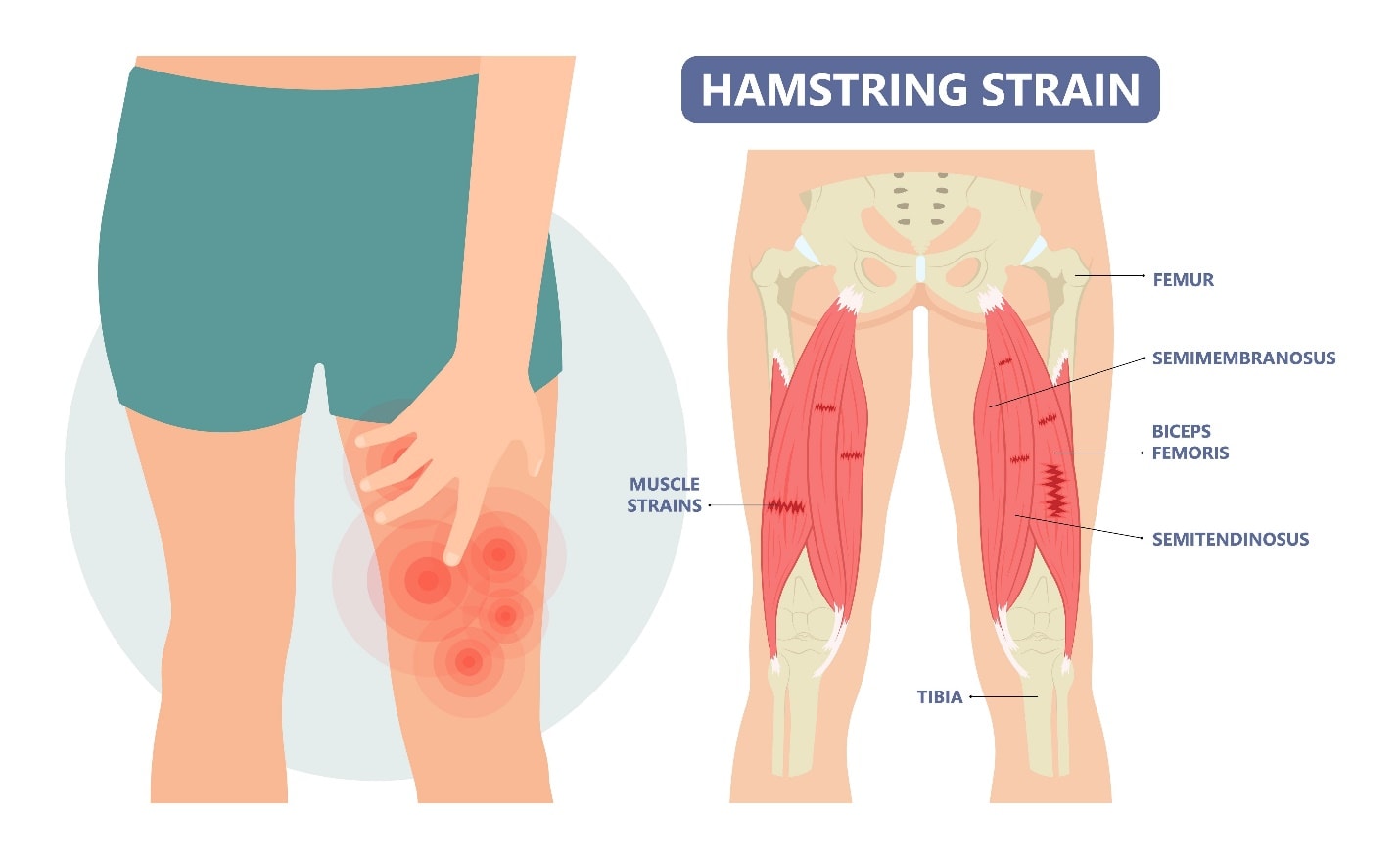Muscle strains and sprains are common injuries that can cause significant discomfort, limit mobility, and hamper overall quality of life. Traditional treatment methods, such as rest, ice, compression, and elevation (RICE), have long been employed to manage these injuries. However, emerging technologies like Multiwave Locked System (MLS) laser therapy offer a promising alternative for effectively and efficiently addressing muscle strains and sprains. In this blog post, we will explore the benefits of MLS laser therapy and why it should be considered as a viable treatment option.
Understanding MLS Laser Therapy
MLS laser therapy utilizes a combination of two therapeutic wavelengths, which work synergistically to deliver targeted, painless energy deep into the tissues. The specific wavelengths used in MLS laser therapy promote cellular regeneration, reduce inflammation, alleviate pain, and accelerate the healing process. The treatment is non-invasive, requires no medications, and has minimal side effects, making it a safe and attractive option for individuals seeking fast recovery from muscle strains and sprains.
Advantages of MLS Laser Therapy for Muscle Strains and Sprains
- Accelerated Healing: MLS laser therapy enhances cellular metabolism and promotes the production of ATP (adenosine triphosphate), the energy currency of cells. This increased energy availability stimulates tissue repair, leading to accelerated healing of strained or sprained muscles.
- Reduction of Inflammation: Inflammation is a common response to muscle strains and sprains, and it often contributes to pain and delayed healing. MLS laser therapy targets inflamed tissues, reducing swelling and promoting the resolution of inflammatory processes. This anti-inflammatory effect can significantly alleviate discomfort and improve overall recovery.
- Pain Relief: MLS laser therapy stimulates the release of endorphins, the body’s natural painkillers, providing immediate relief from pain associated with muscle strains and sprains. By addressing pain at its source, this treatment modality allows patients to regain functionality and engage in rehabilitation exercises more effectively.
- Non-Invasive and Minimal Side Effects: Unlike surgical interventions or pharmacological approaches, MLS laser therapy is non-invasive and non-toxic. Patients can receive treatment without the need for anesthesia or pain medications, reducing the risk of adverse reactions or complications. Additionally, the procedure is painless, making it suitable for individuals with low pain thresholds or needle phobias.
The treatment? What to expect?
- Generally, we expect patients to need 6-12 treatments to see benefit from the MLS laser. By session 3, most patients begin to notice symptomatic benefit. We advise 2-3 treatment sessions per week.
- Each session can last 10-20 minutes depending on the specific condition.
- The treatments are painless and do not involve additional activity restrictions. However, if dealing with a muscles sprain or strain activity on the area should be modified to allow for adequate recovery.
Conclusion
MLS laser therapy presents a compelling option for individuals seeking effective, non-invasive, and drug-free treatment for muscle strains and sprains. By harnessing the power of specific wavelengths of light, this innovative therapy accelerates healing, reduces inflammation, relieves pain, and promotes overall recovery. The referenced studies provide scientific evidence supporting the efficacy of MLS laser therapy in managing acute and chronic muscle strains. Consider exploring MLS laser therapy as a potential solution to expedite your healing journey and restore your mobility and well-being.
References
Morimoto, Y., Saito, A., & Tokuhashi, Y. (2013). Low level laser therapy for sports injuries. Laser Therapy, 22(1), 17-20.
